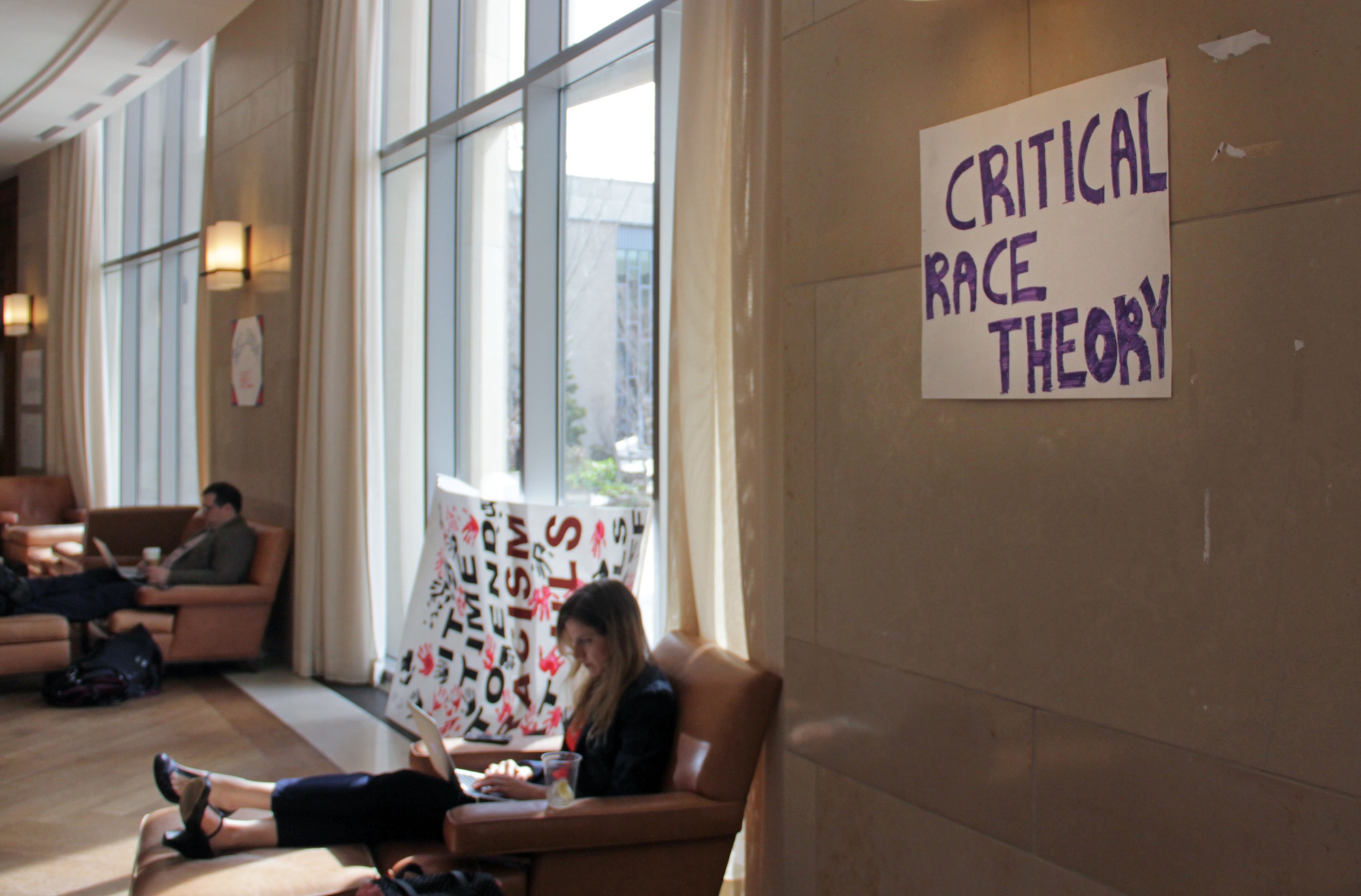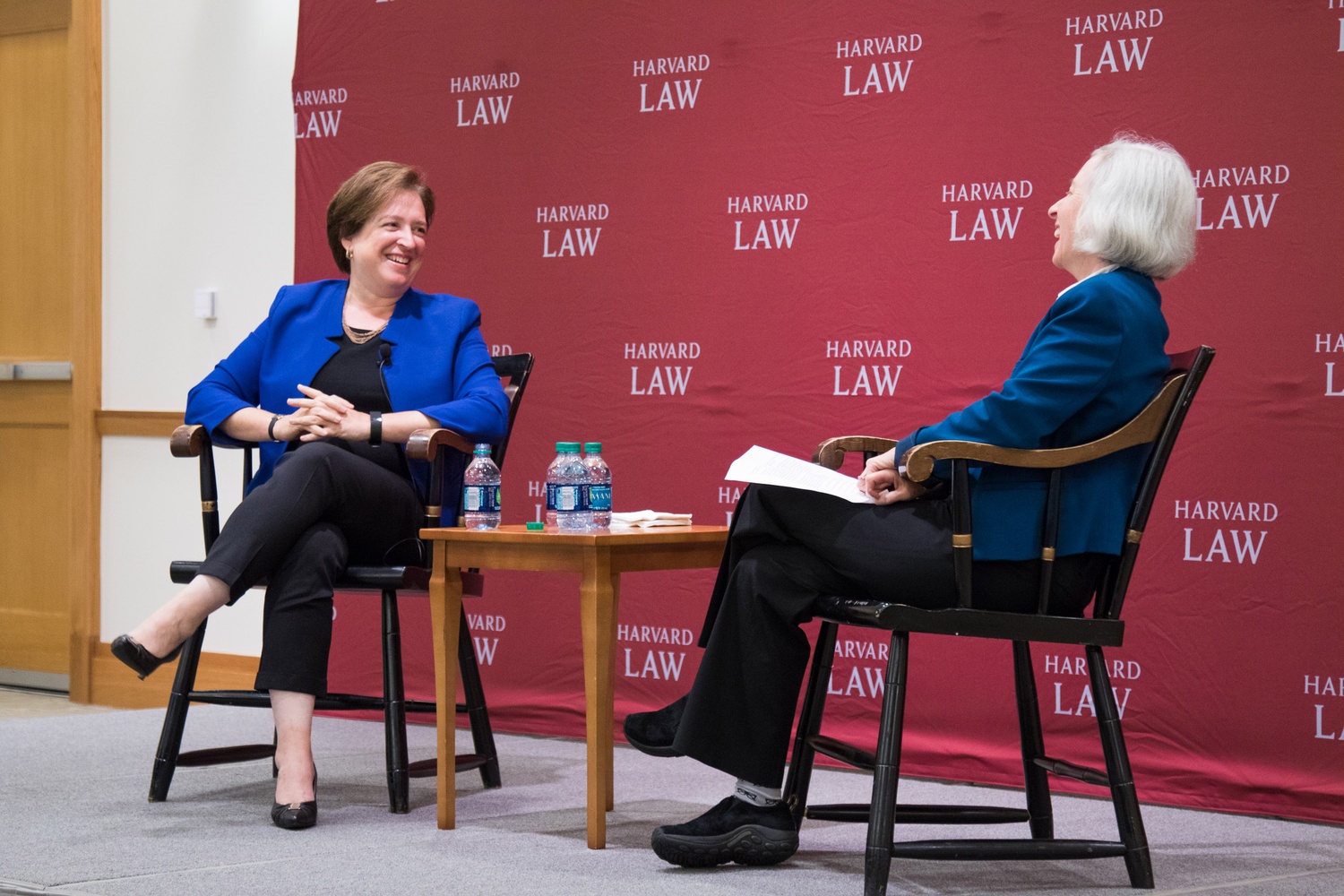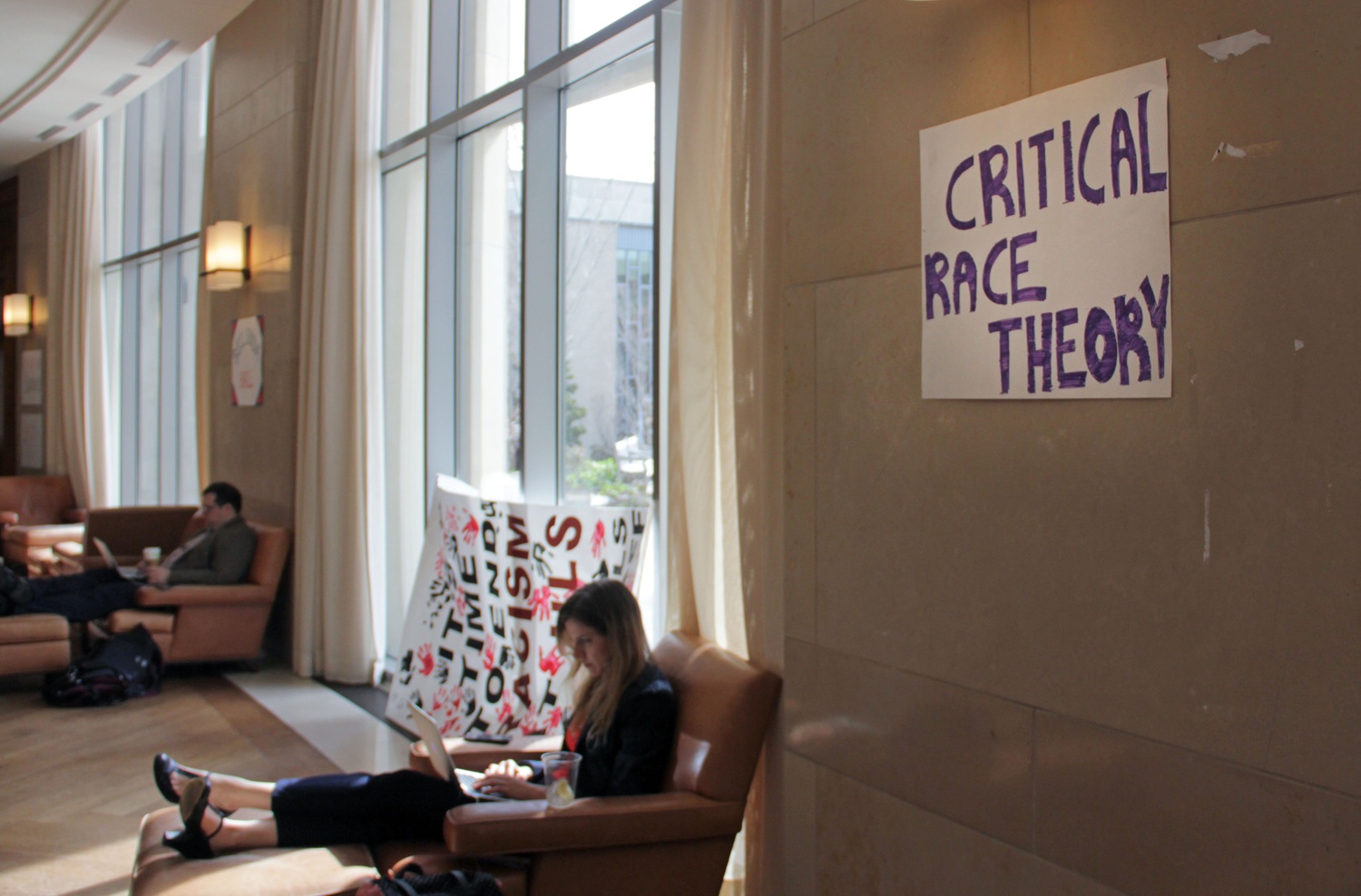
Setting a Precedent
As it enters its third century, the Law School is judiciously reviewing some of its long-held practices.When Harvard Law School’s Class of 2017 receives their diplomas on Thursday, they’ll leave a school far different than the one they entered three years ago.
In just the last few years, the Law School has overhauled its admissions process, abandoned its long-standing school seal—which came under fire for its ties to a formerly slaveholding family—and continued to expand its non-traditional legal education offerings, like clinical programs. Just a few months ago, Dean of the Law School Martha L. Minow announced that she would step down at the end of the academic year.
All of these changes have taken place in the midst of the Law School’s bicentennial year and a $305 million capital campaign. The next leader of the school—who will likely take over in July—will have to navigate the Law School through a rapidly changing legal profession in addition to a tumultuous political environment at a school known for producing presidents, justices, and legislators.
As it enters its third century, the Law School continues to try and distance itself from “Paper Chase”—a 1973 film about the travails of a first-year Harvard Law School student—and rebrand itself as a 21st century Law School, even as some call for the school to go further and better diversify its faculty.
Law School alumnus and former Crimson editor Jeffrey R. Toobin ’82, a legal analyst for CNN and The New Yorker, said he thinks the school has become a more “sophisticated and worldly” institution since his time as a student.
“I think there’s a recognition that the legal system is a lot more complicated than you can learn about just from reading cases, that there are regulatory dimensions, there are international dimensions,” Toobin said.
Admissions for the Third Century
After a dramatic decline in applications to the Law School after the financial crisis and a decline in the legal industry overall, the school has taken a number of steps to alter the way it admits students. Earlier this year, the Law School unveiled plans to allow applicants to submit GRE scores instead of the standard LSAT in the fall of 2017 and expand the school’s Junior Deferral Program beyond Harvard College students to undergraduate juniors from across the country.
Under the JDP program, juniors who gain early acceptance to the Law School must work or pursue further study for two years before matriculating. Both the changes are aimed at attracting more applicants from science, technology, and international backgrounds—as well as expanding the Law School’s accessibility to the maximum number of applicants.
Jessica L. Soban ’02, the associate dean for admissions at the Law School, said even more changes are expected in the next few years.
“Harvard Law did not become Harvard Law by standing still,” Soban said. “The innovations in the admissions process are a reflection of the work of the school and of the types of talent we want to attract to do that work.”
Richard J. Lazarus, a professor at the Law School and a member of the admissions committee, says it’s unclear how fundamentally altering the way applicants are accepted into the Law School will pan out. But, he said, the changes seemed to be “thoughtful, experimental” efforts.
“There is clearly no one fixed, ‘correct’ method of assessing an applicant’s potential and it is almost always a good idea to challenge oneself to rethink past admission criteria and test out new approaches,” Lazarus said.
Third-year Law student Rauvin Johl said she thinks the move to accept the GRE is a good step to increase the diversity of applicants at the Law School, but third-year Law student Kristin A. Turner was more skeptical about the test’s ability to serve as a credible metric for admissions.
“[The LSAT is] an imperfect thing, but on the other I hand, I still feel like I can kind of see at least somewhat of a correlation between what the LSAT asks you to do and what you end up having to do in the Law School,” Turner, the former president of the Black Law Students Association, said. “It’s more difficult for me to make that argument for the GRE. I’m open to a different test other than the LSAT, but I’m not really sure that the GRE fits the bill.”
Curriculum for a Changing Profession
As the Law School’s admissions team seeks to adapt to a changing applicant pool, students and faculty already at the Law School are making similar strides to evolve the school’s academic approach.
Beyond cutting the number of applicants to the school, global economic developments since the financial crisis have also pushed faculty and administrators to diversify the school’s course offerings for first-year students. Some students at the Law School hope that the next dean will continue to reinvigorate the curriculum.
The last major curricular change at the Law School took place in 2006 when then-Dean Elena Kagan and Minow revised the curriculum the school had been using for over 100 years to include courses on policy and international law.

“It was the first major reform in a long time. I’m not sure we were able to do it as we would have liked because there were issues we had to take care of that were immediate,” Minow said in an interview with the Harvard Gazette. Minow does not speak to The Crimson on the record.
Despite these curricular changes, Johl said she thinks the school’s method of teaching has remained largely stagnant over the years.
“I think that’s something the school’s still trying to work on, and still needs to work on. I think there have been small steps, like the way that J-term focuses more on things like developing problem-solving skills, but I think that that’s definitely going to be inadequate given the fact that the legal landscape is changing so much,” Johl said.
Last year, several Law School student groups made a series of demands that the school not only change its seal, but actively work to diversify its faculty and expand certain curricular offerings.
“The lack of representation in the faculty realm, I think that that also contributes to some of the other climate issues that we’re trying to work on as a community,” Turner said.
In the past, the Law School has said it will continue to take a number of steps to improve diversity among faculty and staff.
Turner said that though she thinks she benefited from the legal education she received, Harvard could experiment more with how it educates students.

“I do feel that Harvard does have a little bit of wiggle room in terms of creating initiatives and thinking outside the bounds of what it always has done and what it does well,” Turner said. “Most of my peers and I will ultimately do jobs that don’t even exist yet, and I think that in order to be confident to do those jobs, we first need to be able to think creatively about how we even use our skills.”
A major pillar of the Law School’s current capital campaign is to endow more clinical professorships, a role tasked with teaching students skills more practical than theoretical.
A 'Paper Chase' No More
As the Law School seeks to cast a wider net for applicants and expand its curricular options, the culture at the school, for many, has become more collegial. Increasingly, students, faculty, and alumni say that the Law School is shedding its reputation as a competitive, cut-throat institution—a culture enshrined in some Hollywood films.
“I’d say, fortunately, the reality of the Law School is very different than how it’s represented in things like ‘The Paper Chase’ or even in ‘Legally Blonde,’” Johl said. “I was relieved to find that the atmosphere is actually a lot more collegial than either of those films would make you think.”
During the school’s capital campaign launch in October 2015, John Jay Osborn ’67, author of “The Paper Chase,” the novel that later became the famed film, gave a speech to distance the modern-day Law School from its intense portrayal in his book.
At the event, Minow was eager to prove the school had come a long way.
“More than half the courses that we offer today have fewer than 25 students—take that, John Jay Osborn,” she said.
Johl said that when alumni return they are happy to see how the school has changed.
“There’s generally a sense of surprising appreciation for how the dynamics within the classroom and between the students have shifted over the past few years, and I think a lot of that goes back to very purposeful decisions made by the administration,” Johl said.

But Turner said that while the school has a different culture, she can still see the roots of the competitive environment today.
“Do I see kind of the seeds of what kind of bears those stereotypes? Maybe,” Turner said. “ I think that that’s more so about the caliber of people that Harvard is able to recruit and also the rigor that they’re able to expect in terms of their curriculum and the students’ kind of intentionality.”
Richard H. Fallon, a professor at the Law School, said various aspects of the school’s culture have shown dramatic changes throughout his years as a member of the faculty, including the size of classes, interactions between faculty and students, and the diversity of the faculty.
“I think Harvard Law School had a reputation as a very corporate sort of place in which the faculty were very distant from the students, and in which the curriculum was substantially prescribed for the students based on traditional understanding of the courses a law student would take,” Fallon said. “Overall I think we’ve just become a warmer, more welcoming institution and that our students recognize that.”
Despite all the changes at the Law School, however, Toobin maintained that some things are the same as they’ve always been.
“I think the basic challenge remains similar, which is how do you train lawyers to succeed in the legal world that exists at the same time that you train them to improve the legal world and the world at large,” Toobin said. “Are you teaching law students to do well or to do good?”
—Staff writer Jamie D. Halper can be reached at jamie.halper@thecrimson.com. Follow her on Twitter @JamieDHalper.
